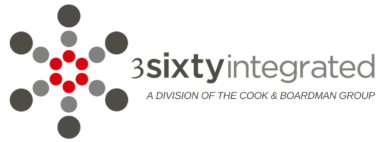
Engaging stakeholders in a project is easiest when they understand their roles. This is especially true when it comes to managing a security infrastructure which can encompass thousands of devices. Creating an interdepartmental security committee and providing them with resources to monitor their sectors gives them the knowledge they need to make informed decisions. Today’s software as a service (SaaS) options will help guide these stakeholders through their responsibilities and automate many processes to help manage their time.
Setting Roles and Managing Resources in Security Management
While most corporations might have a Chief Security Officer in place (CSO), that officer may not have the support needed to manage all the devices in a network. Delegation is crucial for effective security infrastructure management. Creating an interdepartmental committee to make decisions regarding security is the best solution. An interdepartmental security committee usually encompasses the following roles:
- Chair: The CSO typically takes on a dual role by also serving as the chair of the security committee. They’re responsible for the big picture workings. Everything from the devices in the network to the data they collect every day is ultimately their responsibility. To manage this, they delegate tasks and assign roles to committee members. They request funding for security upgrades and report to the company’s board.
- Vice Chair: The vice chair manages the department leads and their day-to-day security maintenance tasks. They seek out ways to make the overall security infrastructure stronger and have a working knowledge of all departments. They are the acting chair in the primary chair’s absence.
- Communications Director: The communications director is in charge of all the video and audio data going in and out of a building. They manage critical communications and surveillance systems as well as the data they produce. They will need to work closely with IT for consistent server access.
- Facility Director: The facility director is responsible for the building and who can access it. They manage access control and employee ID credentials. They must collaborate with HR to ensure employee records reflect current access permissions.
- Safety Officer: The safety officer is the point of contact (POC) when something goes wrong. They respond to after-hours alarms and manage safety drills. Their role is essential to a company’s internal security department. They will need to work with area law enforcement for both exercises and incident response.
- Consultant/Security Company POC: Ideally, your point of contact with your security company will be the engineer designing your system. They should be intimately familiar with your facility’s needs and have expertise specific to your industry. They can provide guidance on the technical requirements of a system as well as potential options for security issues.
Members for your security committee should be familiar with the departments with whom they collaborate. The best solution is to source representatives directly from these departments, as they know the day-to-day needs of employees and how new security measures will impact them. These individuals will require the support of intuitive software for effective time management.
How to Engage Stakeholders in a Project with Automated SaaS
As your representatives will have other responsibilities in addition to collaborating on security projects, they won’t have the time to check on the devices they’re responsible for every day. Your communications director, as an example, will be responsible for all the IP video cameras and call stations, but will not have time to check those systems manually. An automated resource management program for security can provide them with needed insight while minimizing the work they have to do. That software should:
- Collect: The more information a system collects, the better able it is to understand data context. An employee scanning their keycard for entry every day at 8 a.m., as an example, tells the system that’s when they start work. This data creates a profile for the system which provides greater overall insight.
- Analyze: With enough contextual data gathered, the security system can analyze information to detect normal and abnormal use. This data can guide automatic facilities systems, like unlocking the front doors at a certain hour. It can also identify issues, like when a former employee attempts to use an expired pass to access the building.
- Present: Finally, the software presents the data in a way that’s actionable. In the scenario where the former employee attempted and was refused access, human resources should receive an automatic notification. This notification should occur even when attempts are unsuccessful, so the security officer can take proactive measures like alerting local law enforcement.
Software as a service (SaaS) is typically the best option for enterprise resource management in security as it allows multiple logins and gives real-time information. Key stakeholders can quickly check their areas of responsibility without the need to visit every site in person. They’re able to make more informed decisions which leads to an optimized, cost-effective security plan.
SiteOwl is 3Sixty Integrated’s premiere asset management software. We developed this SaaS by adapting our own system for in-house asset tracking. The key to understanding how to engage stakeholders in a project for security infrastructure are choosing the right people and providing them with the best SaaS tool available: SiteOwl.
3Sixty Integrated offers SiteOwl as an option in enterprise security resource management. Our intuitive software provides all security stakeholders with up-to-the-minute statuses on their systems. For more information, call (210) 545-1770 or fill out our contact form.

